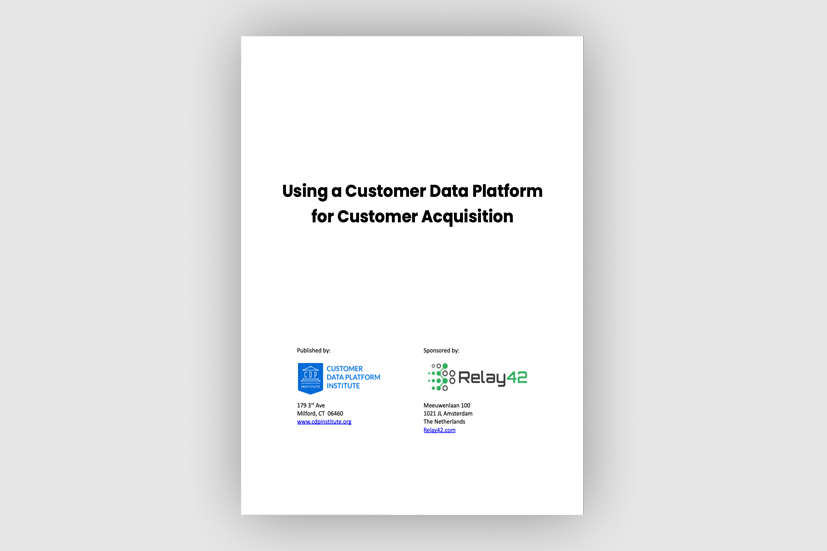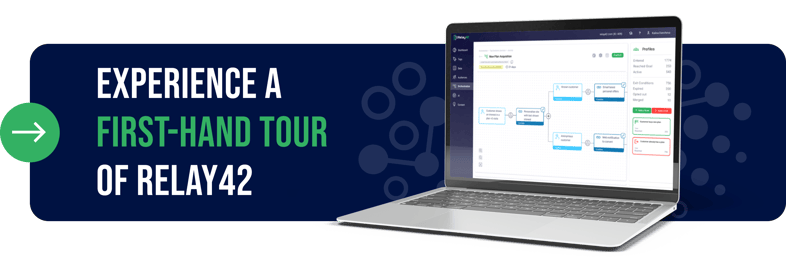How to Increase Airline Ancillary Revenue More Effectively
by Richard Jonkhof on 4.6.2024
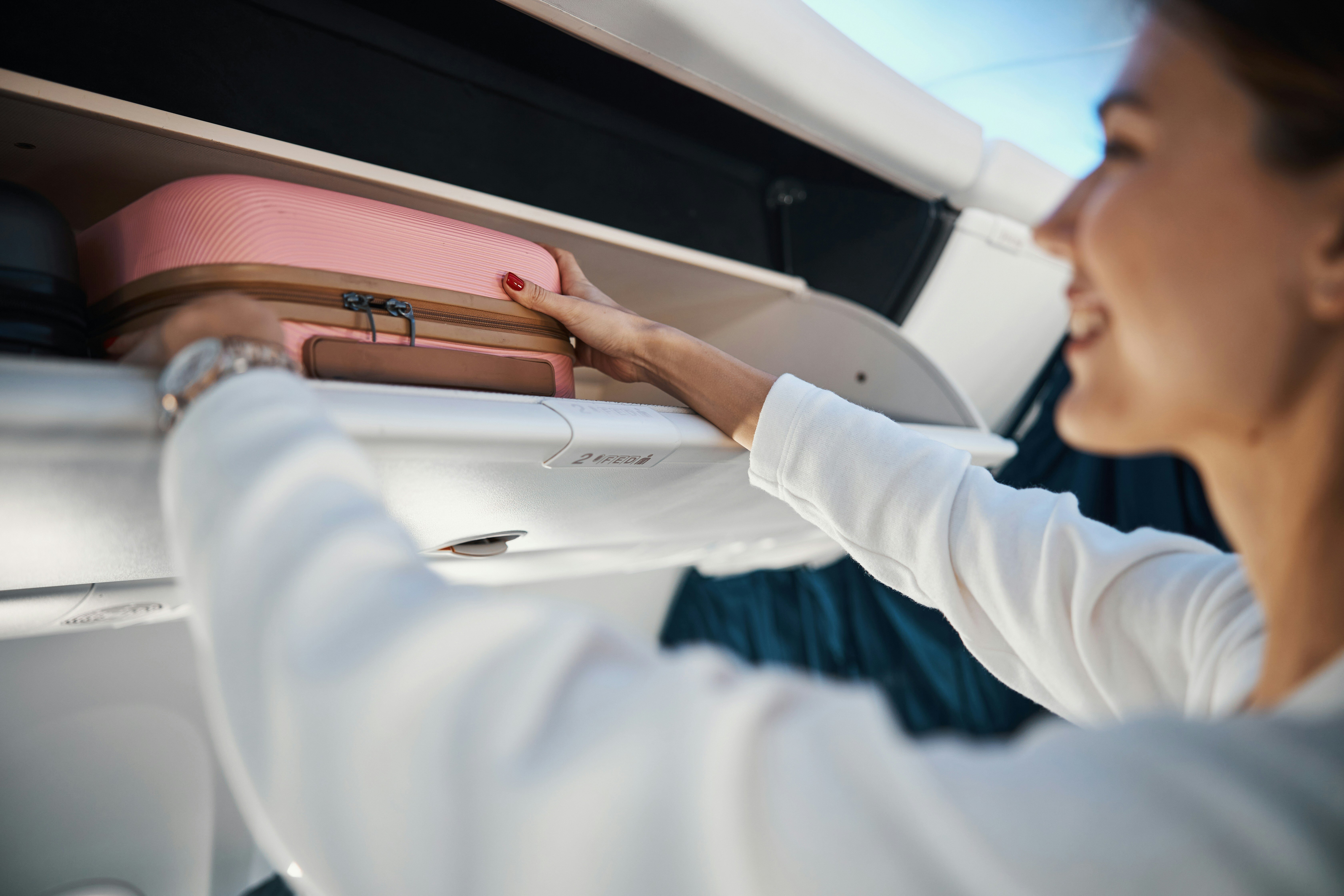
*** This blog has been updated on 17.02.2025.***
GLOBAL SURGE IN ANCILLARY SALES: AN INDUSTRY TREND
In 2025, passenger revenues are expected to reach $705 billion (70% of total revenue) with an additional $145 billion (14.4% of total revenues) from ancillary services, says IATA's December 2024 report.
The most recent data tells us that in 2023, the leading global airline based on ancillary revenue was United Airlines, with a generated 9.53 billion U.S. dollars. That year, Delta Air Lines ranked second, with 9.36 billion U.S. dollars in ancillary revenue. In 2022, Spirit topped the league for earning the highest percentage of revenue from ancillaries, with 51.5% coming from ancillary sales.
According to IdeaWorks’ recent research, ancillary revenue reached an all-time high in 2022, accounting for approximately 15% of total airline revenue. European industry giants like Air France-KLM and Lufthansa Group gained 8.7% and 8.5% of their revenues from ancillary sales respectively. Similarly, other successful airlines in the continent saw revenue gains from ancillaries climbing to $80 per person.
No doubt that the pandemic slowth flew by, as the air travel industry returned to pre-pandemic revenue levels, with a high of $102 billion in 2022. That is undoubtedly driven by the revival of the travel industry as a whole, but more importantly, by meeting customer needs around how they want to experience their journeys.
DO CUSTOMERS REALLY WANT ANCILLARY PRODUCTS AND SERVICES?
When a particular product or service resonates with a particular customer, then yes, they might actually pay the extra dollar for that.
Low-cost and ultra-low-cost carriers have long driven ancillary revenue streams, as proven by Skyscanner’s 2023 survey, stating that seat selection, extra baggage, and insurance are the top three ancillary services. US-based Frontier Airlines bagged over 50% of its revenue from ancillaries, with a unique campaign called Go Wild All-You-Can-Fly Pass, charging one price for unlimited flights.
Top airlines are catching up to the trend too, however, and currently observing strong returns from services like Wi-Fi availability, in-flight entertainment, frequent flier programs, car drop-off or rental on arrival, co-branded credit cards, lounge access, or vouchers to entertainment venues.
So perhaps the real question is not whether customers want to buy ancillaries, but rather how to know who prefers what and how to offer it to them at the most convenient moment.
KNOWING YOUR CUSTOMERS, AND OFFERING THEM THE RIGHT ANCILLARY AT THE RIGHT TIME
The key to increasing ancillary sales in the airline industry, without damaging your relationship with your passengers, is customer data.
Most airlines are already using personalized bundling tactics, product suggestions, and dynamic pricing in the booking funnel and throughout the travel journey. But they’re not doing it on a truly individual basis.
At best, airline marketers are offering ancillaries based on large audiences and general personas. This translates to a throw-it-against-the-wall-and-see-what-sticks methodology that, while getting results now, puts you at risk of alienating your customers in the long run.
What’s the alternative?
NUDGE YOUR CUSTOMERS WITH ANCILLARY SERVICES THAT THEY LIKE
Airlines use data such as past purchases, seat preferences, and travel frequency to make personalized offers to each individual customer.
When this data is gathered, organized, and orchestrated based on how each customer behaves on various travel booking channels, offering the relevant ancillary services becomes easier.
For instance, if a customer’s past transaction history indicates that they often fly with carry-on luggage, the airline can offer them a travel package that includes overhead space during the booking process. This way, you maximize revenue potential while creating a helpful customer experience at the same time.
Relay42’s customer data platform will ingest and activate all the behavioral, transactional, and demographic data required to enable airline marketers to offer the right ancillary options at the most relevant moments, transforming ancillaries from being cost-house into profitable services. It’s a use case that we have launched for many of our airline customers including Air France, KLM, and Transavia.
This kind of real-time personalization allows you to be in the moment with your customers; building a mutually beneficial partnership between you and each individual who comes into contact with your brand.
AN EXAMPLE OF WHAT AN INTELLIGENTLY ORCHESTRATED CUSTOMER JOURNEY LOOKS LIKE:

Having highly detailed and always up-to-date customer profiles is only the first step towards creating curated customer experiences.
Relay42 also helps you plan and manage omnichannel customer journeys across all channels and ensure that the timing, channel, and content of your message are always highly relevant.
Get inspired by KLM, Transavia, and Air France and understand how customer journey orchestration and real-time personalization work in real life.
Read more about elevating your airline’s marketing strategies to maximize load factor, acquire more customers, and boost brand loyalty via our e-book.
You May Also Like
These Related Stories
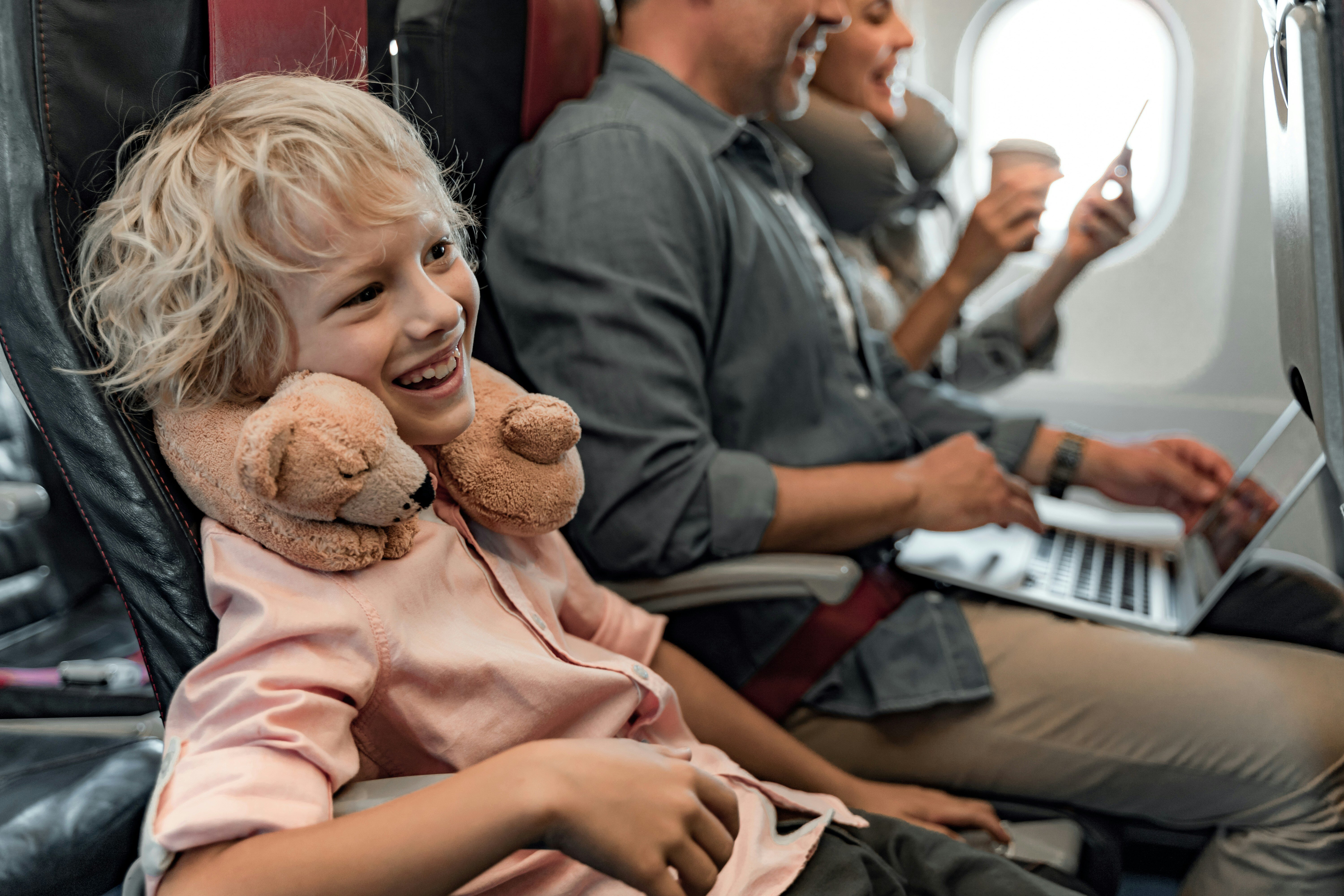
How to Increase Loyalty and Retention in the Airline Industry
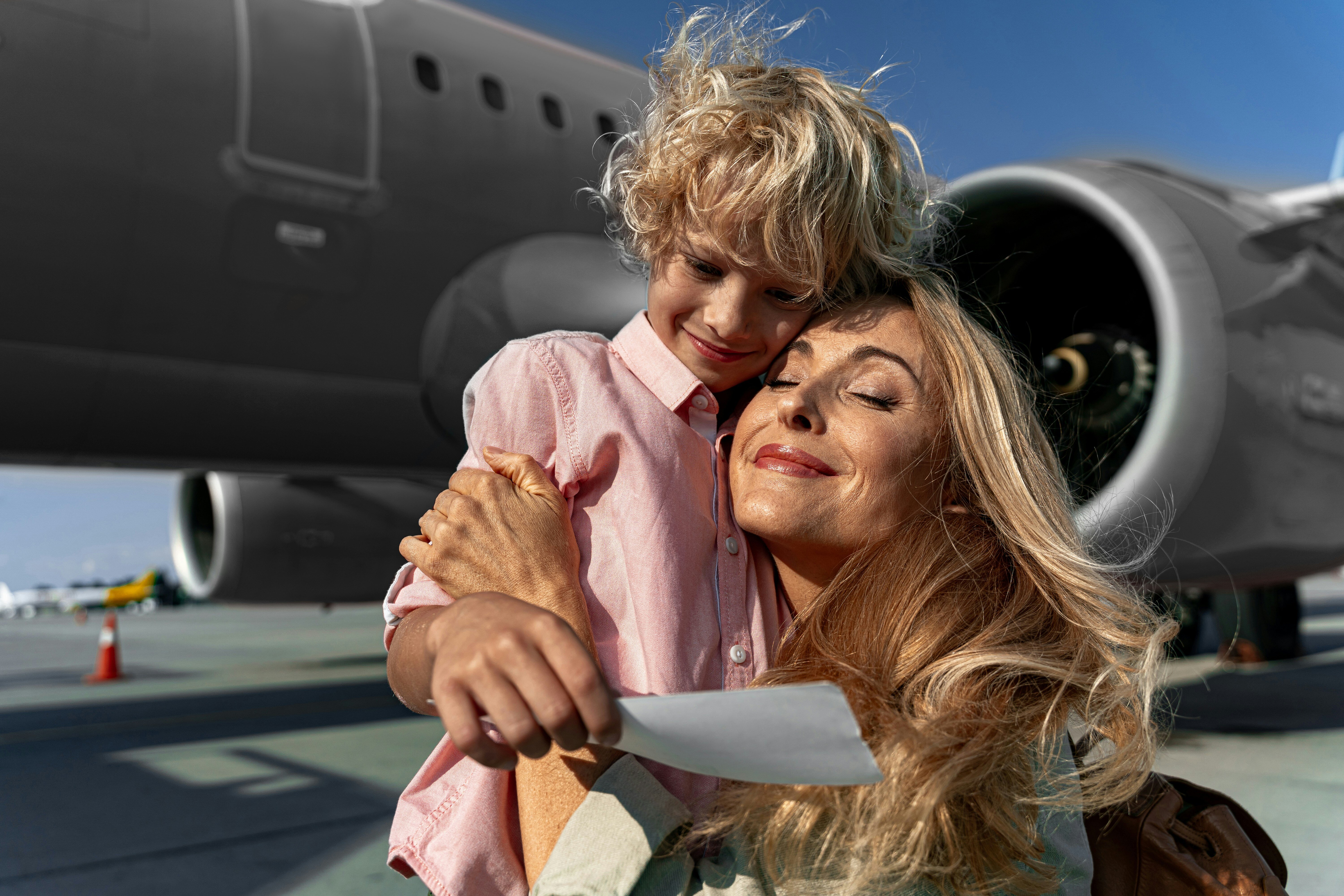
How Airlines Can Increase Cross-Sales and Boost Customer Satisfaction
